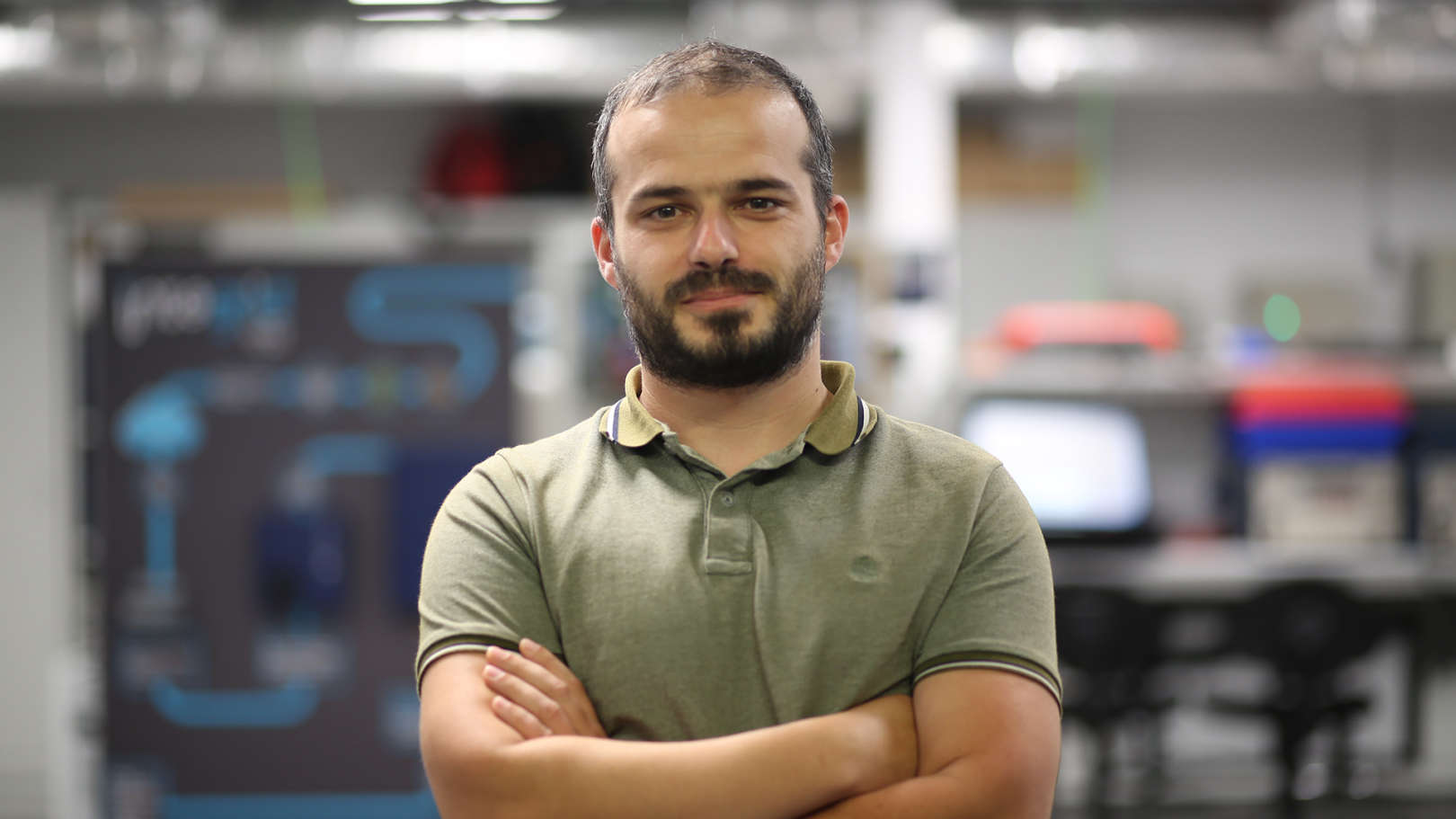Sobre
Justino Miguel Rodrigues nasceu em Penafiel (Portugal) a 9 de setembro de 1985. Concluiu o mestrado em Engenharia Eletrotécnica e de Computadores em 2010 na Faculdade de Engenharia da Universidade do Porto. Obteve o doutoramento em Sistemas Sustentáveis de Energia em 2022, também na Faculdade de Engenharia da Universidade do Porto, com a tese intitulada "Advanced Control Functionalities for Smart-Transformers Integrating Hybrid MicroGrids." O seu trabalho de doutoramento foi premiado em 2023 com o Prémio REN para a melhor tese de doutoramento nos anos de 2022 e 2023, com enfoque no setor da energia.
Atualmente, é Investigador Contratado no Instituto de Engenharia de Sistemas e Computadores Tecnologia e Ciência (INESC TEC). Ocupa também a posição de responsável pelo Laboratório de SmartGrids e Veículos Elétricos (SGEVL) no INESC TEC.
Foi ainda professor doutorado convidado na Faculdade de Engenharia da Universidade do Porto.
Atua nas áreas de Ciências e Tecnologias da Engenharia, com ênfase em Engenharia Eletrotécnica, Eletrónica e Informática, especialmente em Engenharia Eletrotécnica e Eletrónica.
Atualmente, lidera a participação do INESC TEC no Projeto Europeu POCITYF, financiado pelo H2020.
A sua atividade foca-se em torno das temáticas das Rede de energia elétrica, Distribuição de energia elétrica, Integração de produção distribuída renovável, Redes elétricas inteligentes, Integração de Veículos Elétricos nos sistemas elétricos de Energia.


